Sing with a couple of three or four octosyllable verses with consonant or asonant rhyme. Its origin may be in the 19th century, as a song that accompanied a dance called fuss. However, little by little it became a song with its own entity. The first reference that we have of this style is that of the Andonda, cantaora from Triana who has gone down in history for this task. From this it is deduced that soleá is a song of Triana origin.. However, its expansion is rapid. A gypsy named Paula leaves with her entire family to Alcalá de Guadaira, founding there the saga of the Fatties. All these people brought soleá singing from Triana, but in the land of the Virgen del Águila he amassed a new native style that lasts to this day and of which its greatest representative, according to Antonio Mairena, It's Joaquín from Paula, although it is obligatory to also talk about Juan Talega and Manolito de María. In a similar way soleá also arrives in Jerez, where Antonio Frijones creates another style of his own, and to Cadiz, where the wealth of the sun would force us to mention countless artists, among which the Mellizo stands out, Paquirri el Guanté and Curro Durse. A separate case is that of Utrera. A woman from Jerez named Mercé la Serneta arrives to this very gypsy town in Seville to marry the father of the Álvarez Quintero family for the second time.. There this gypsy develops her soleá singing and Rosario la del Colorao and the Perrate take their reference from her., that end up creating style in the town. It is the same procedure as that of Lebrija, where Juaniquín from Jerez arrives with another very notable modality. Other towns with their own soleá are Marchena: that of Aunt Gilica- and Córdoba: Onofre, which takes reference from the Triana style of Ramón el Ollero-. It is one of the richest styles of flamenco today., It is played in ¾ and can be accompanied by the guitar in modal tones both above and in the middle..
Solea
Upload/Select an audio or use external audio url to work this widget.
Upload/Select an audio or use external audio url to work this widget.
Upload/Select an audio or use external audio url to work this widget.
Upload/Select an audio or use external audio url to work this widget.
Upload/Select an audio or use external audio url to work this widget.



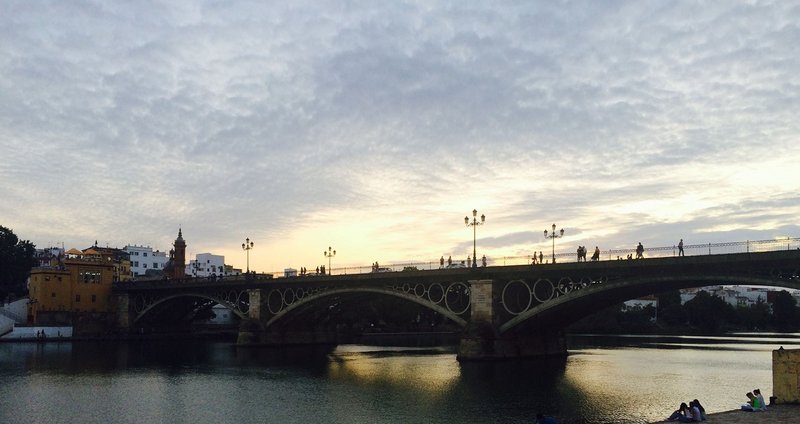 Sevilla
Sevilla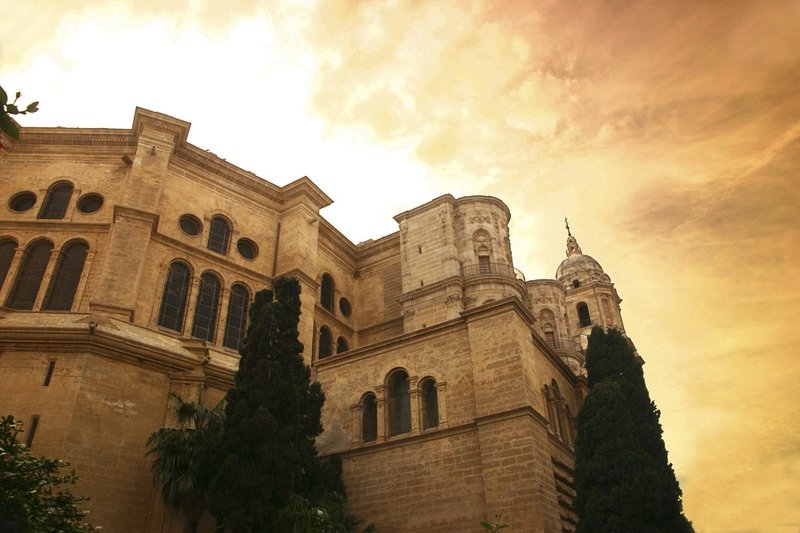 Málaga
Málaga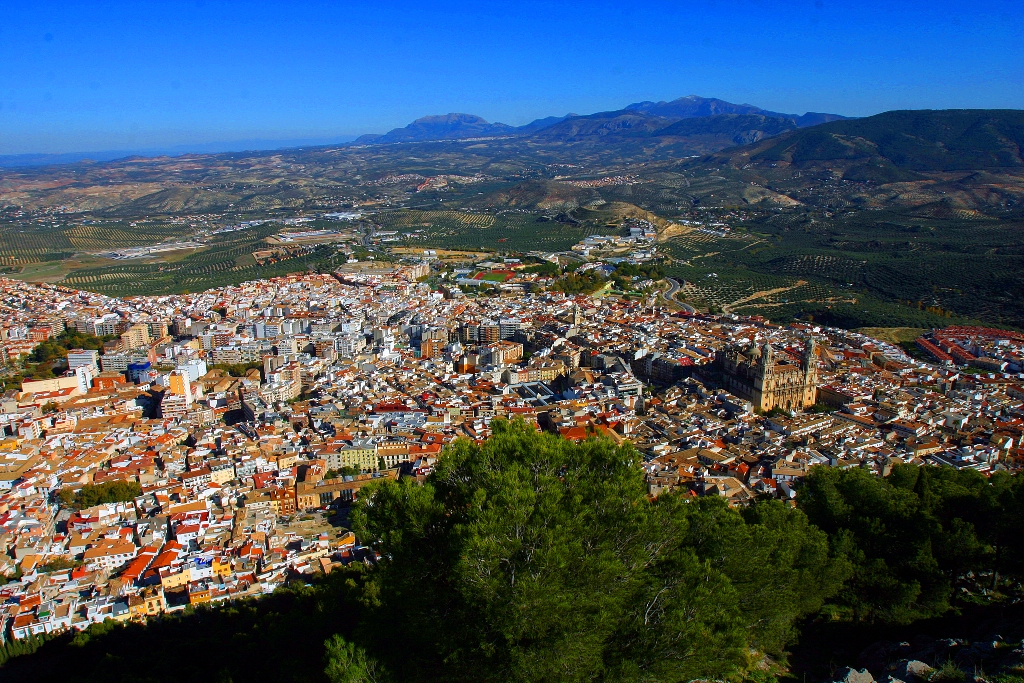 Jaen
Jaen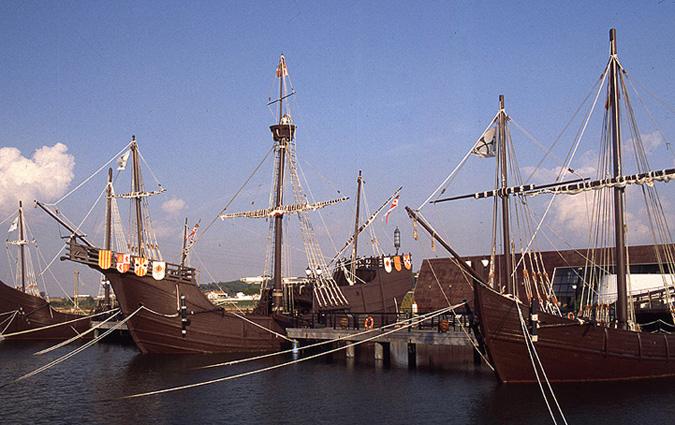 Huelva
Huelva Granada
Granada Córdoba
Córdoba Cadiz
Cadiz Almeria
Almeria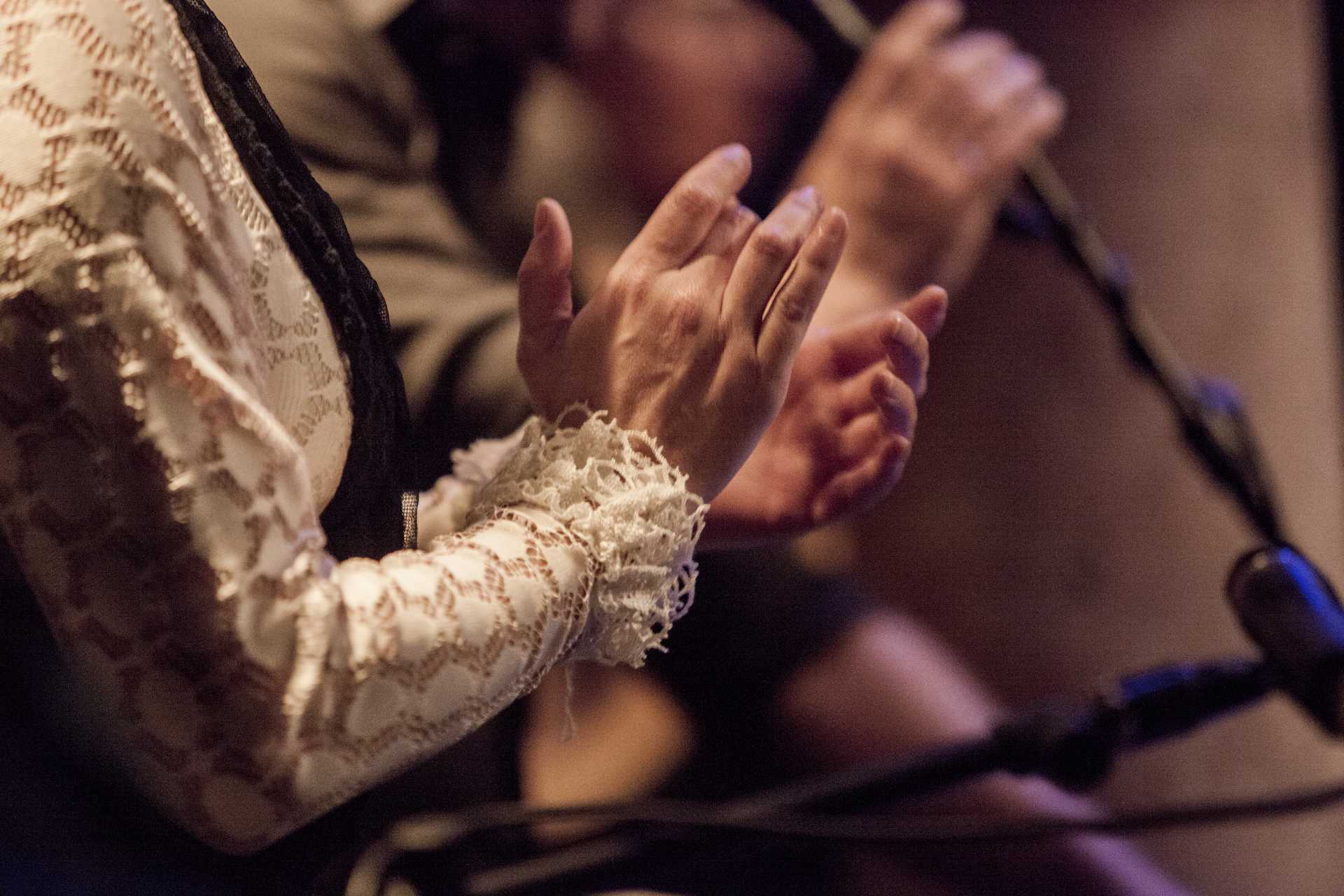 A tourist and cultural vision of flamenco
A tourist and cultural vision of flamenco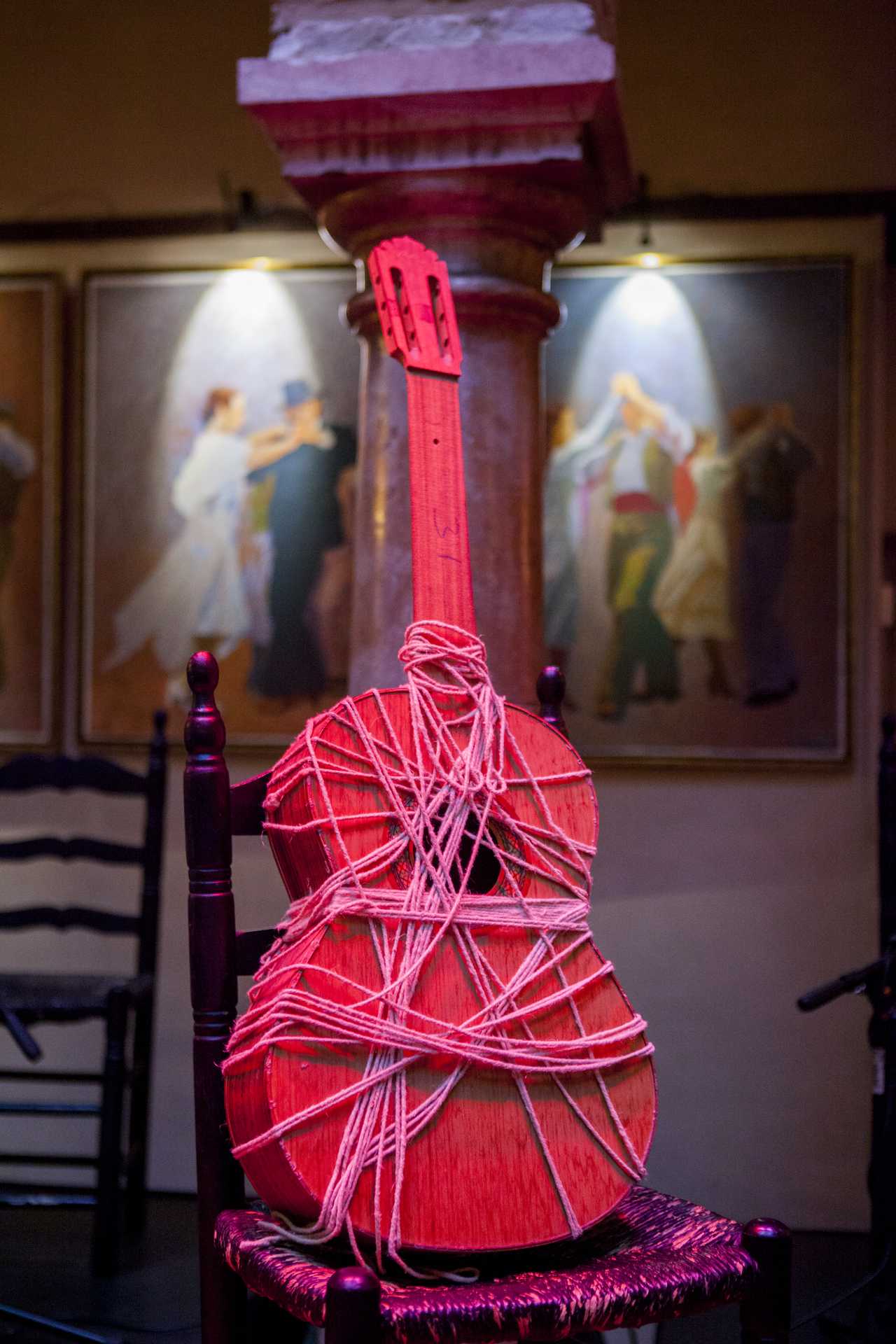 The Guitar, last to join.
The Guitar, last to join.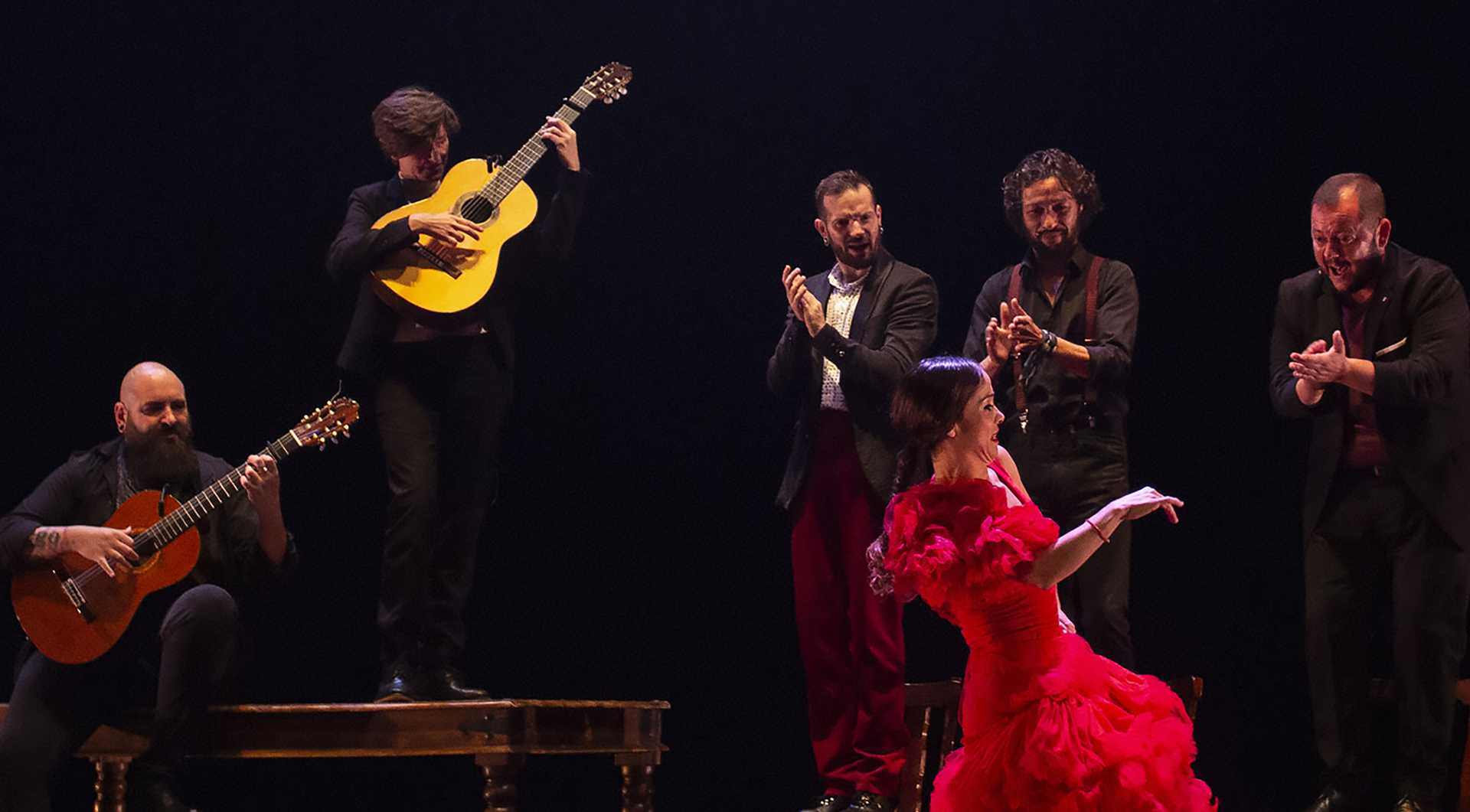 The history of flamenco with respect to its geographical distribution
The history of flamenco with respect to its geographical distribution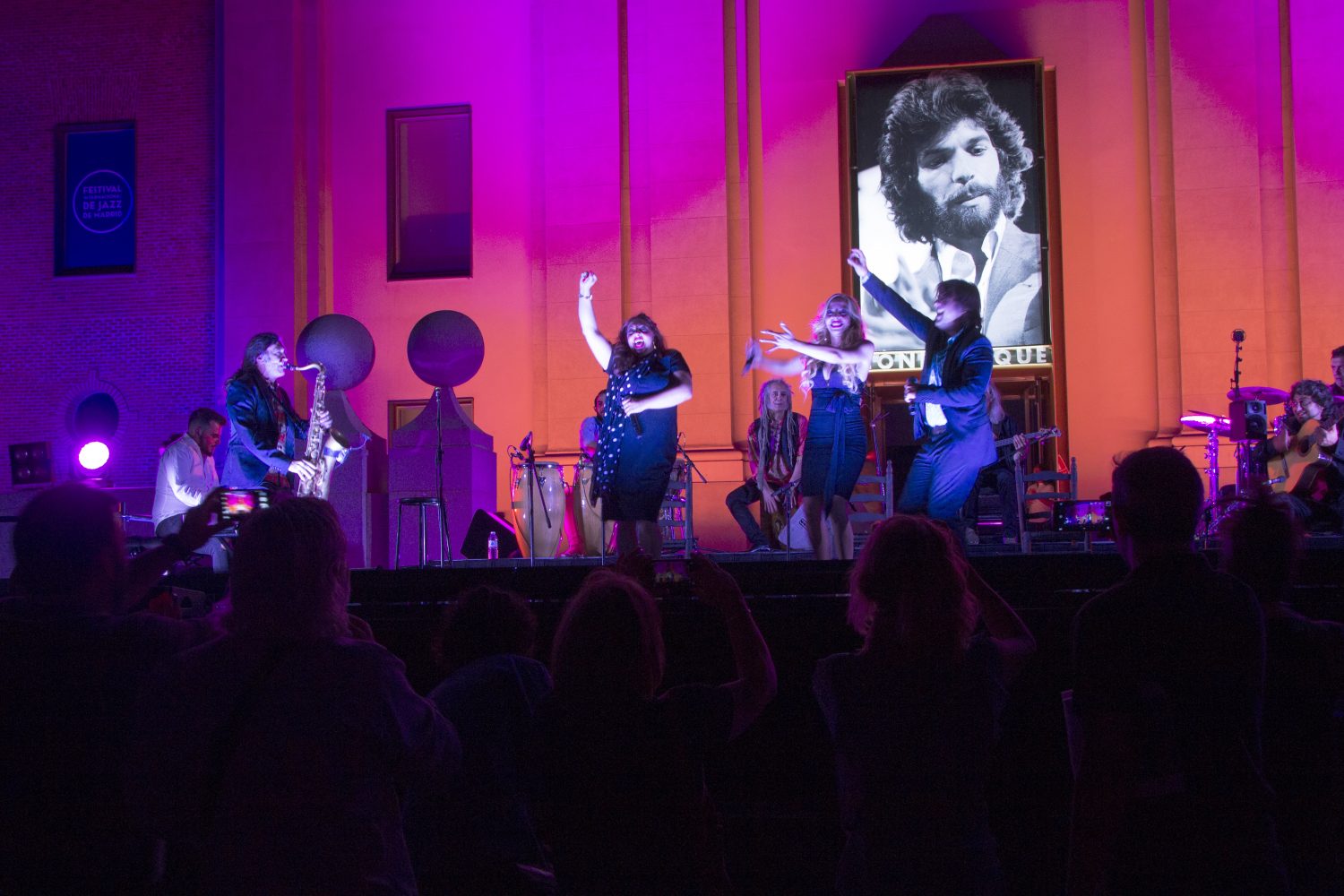 The present and future of the genre. The Fourth Golden Key of Singing.
The present and future of the genre. The Fourth Golden Key of Singing.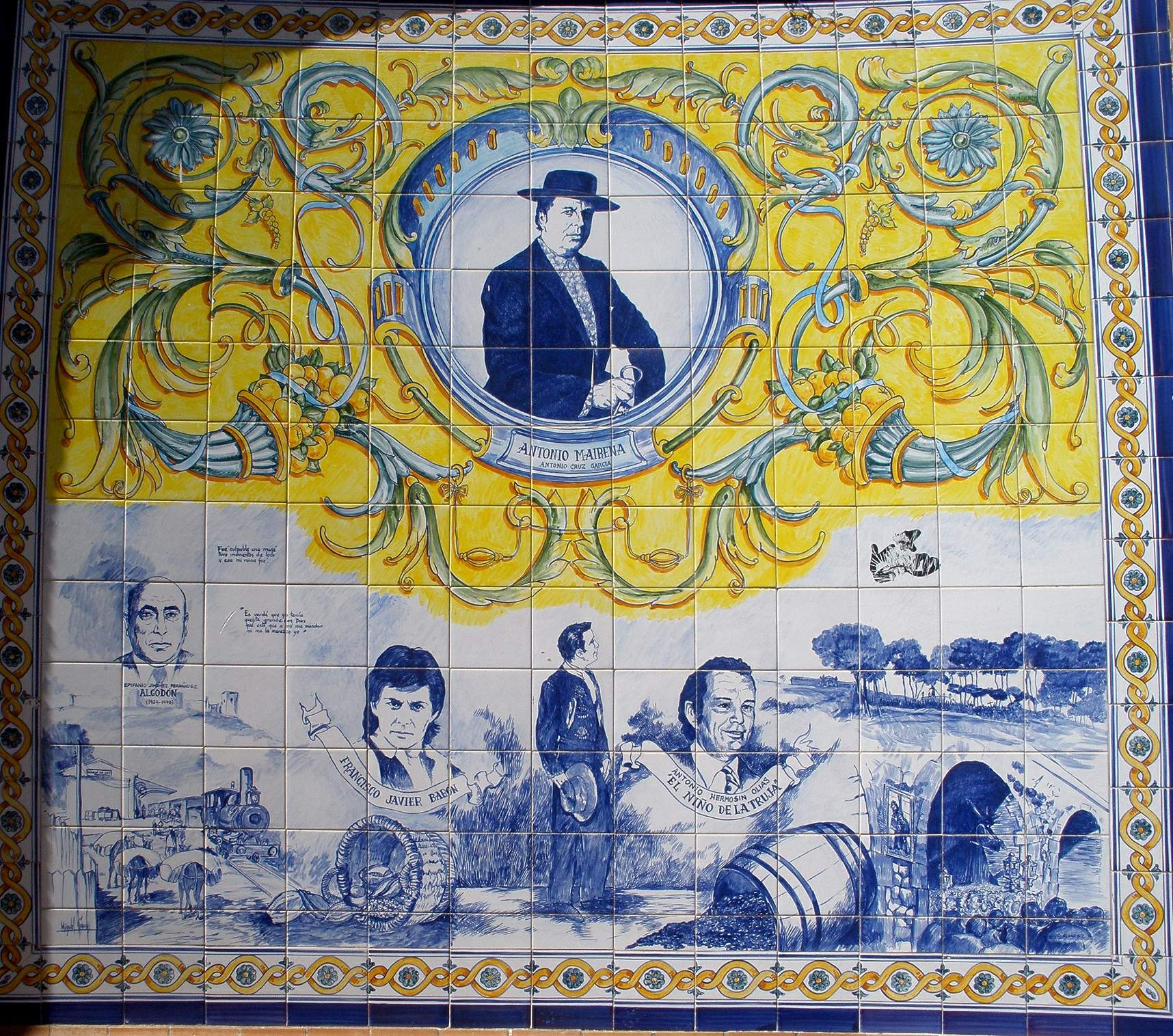 The festivals
The festivals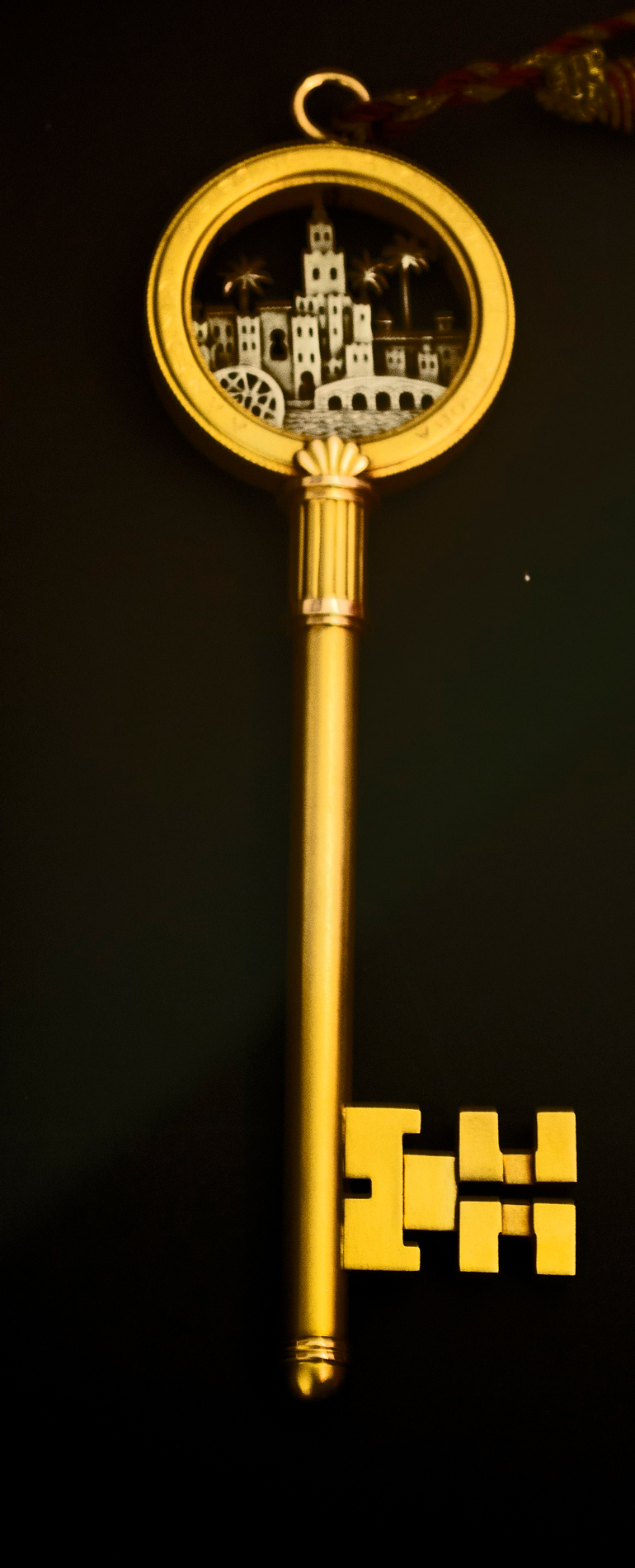 Revaluation of flamenco. Third Golden Key of Singing
Revaluation of flamenco. Third Golden Key of Singing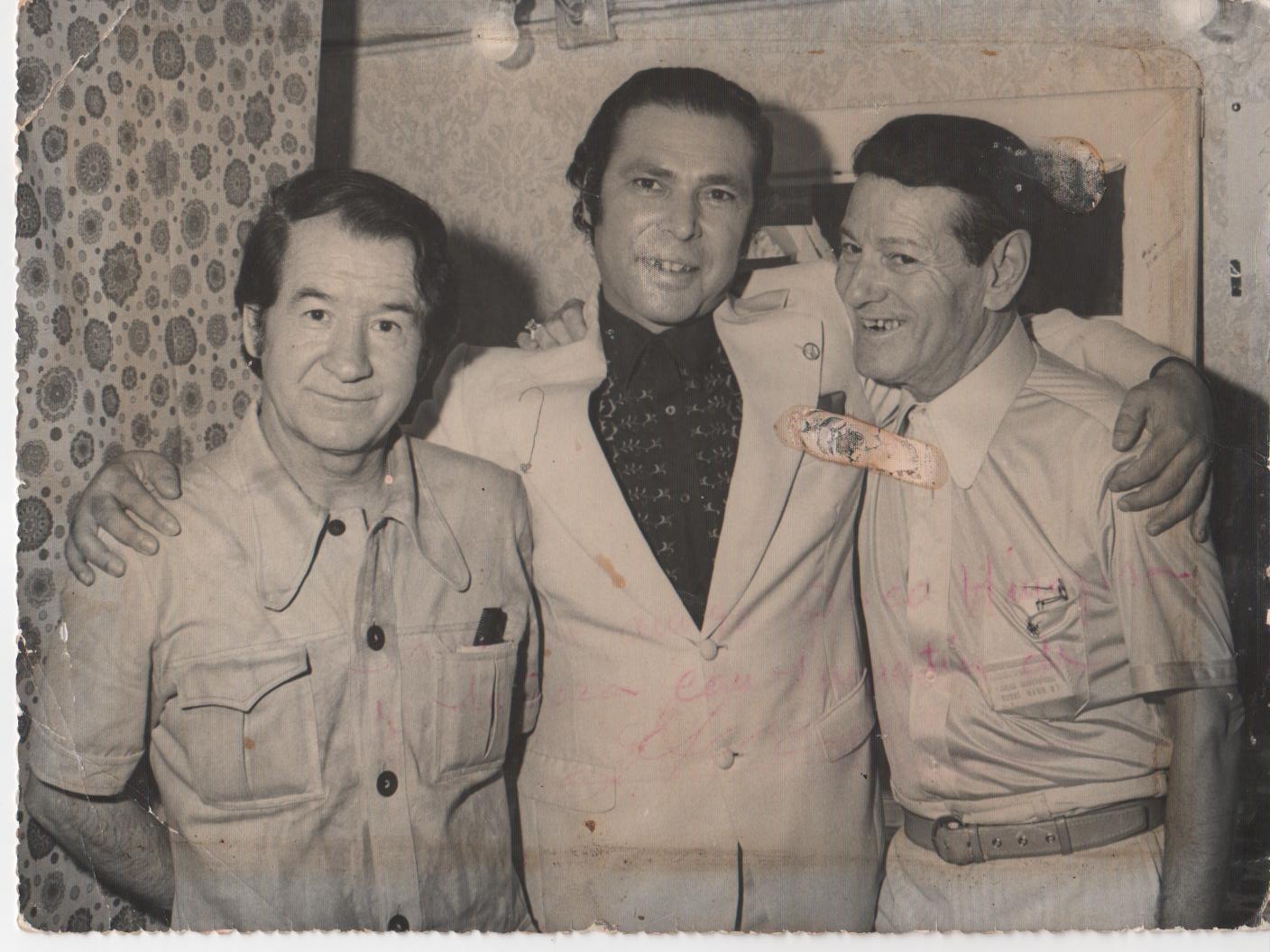 The Flamenco Opera
The Flamenco Opera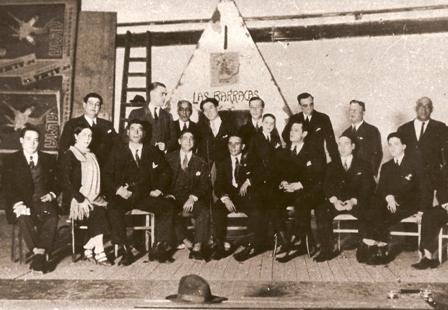 Flamenco in Madrid. The Pavón Cup. Second Golden Key of Singing
Flamenco in Madrid. The Pavón Cup. Second Golden Key of Singing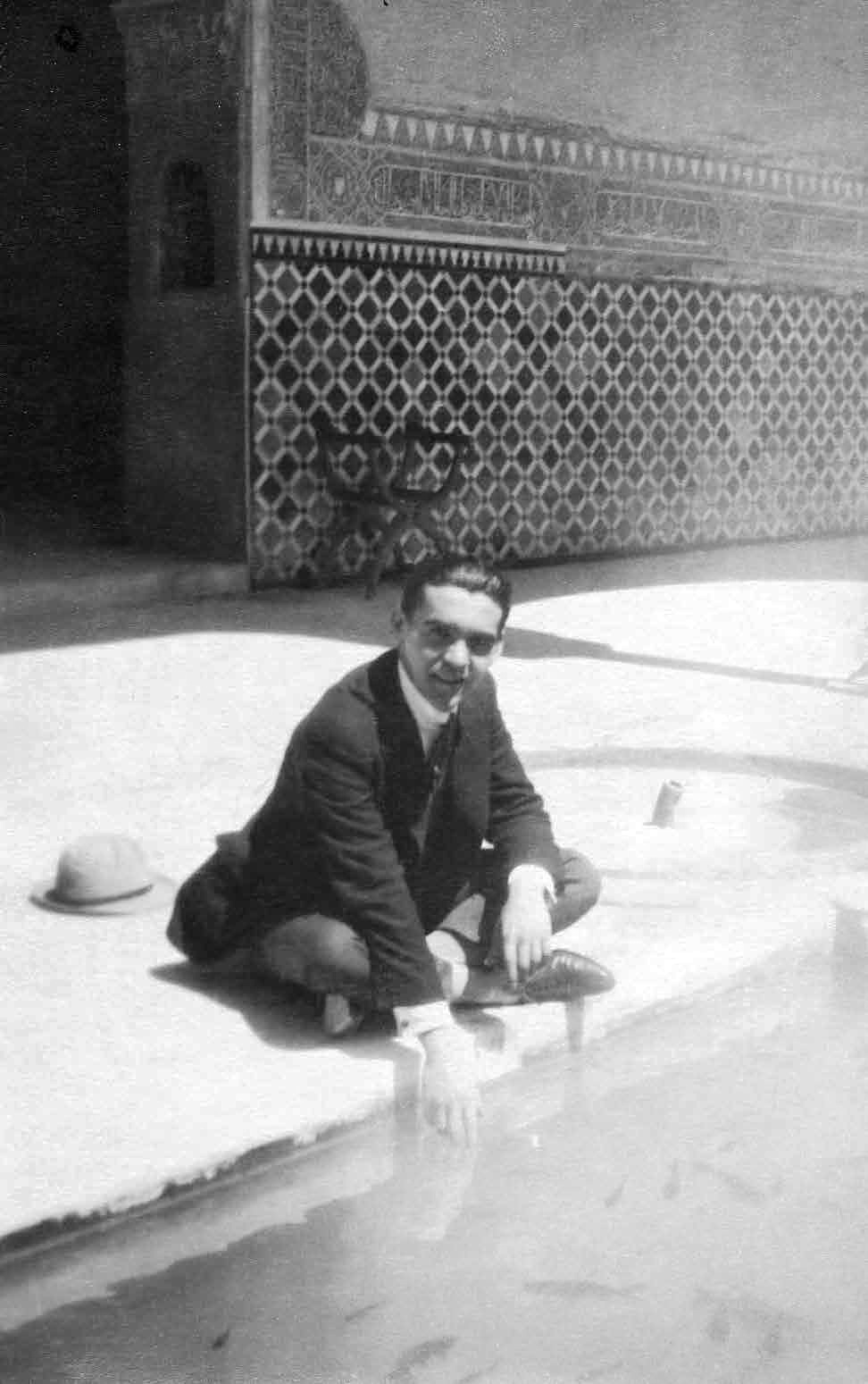 The contest that took place in 1922 in Granada
The contest that took place in 1922 in Granada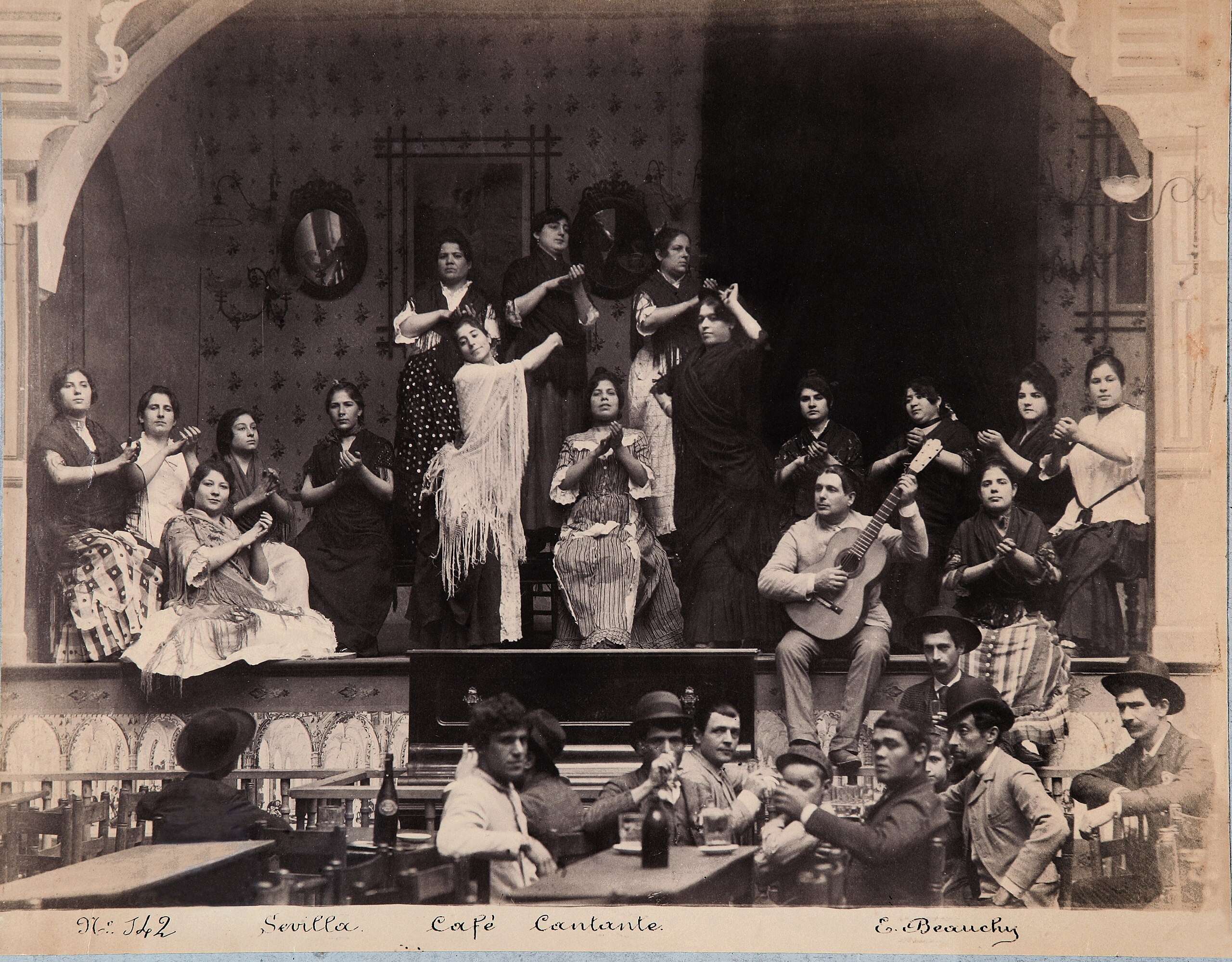 The great creators. The Golden Age. The Singing Cafes
The great creators. The Golden Age. The Singing Cafes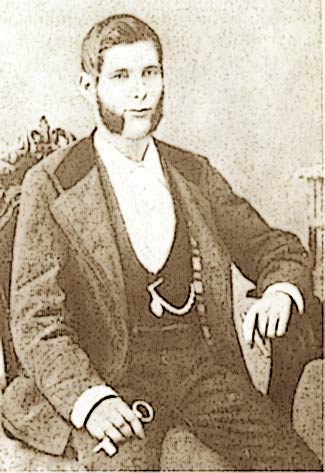 Evolution. Hermetic Stage. First singers
Evolution. Hermetic Stage. First singers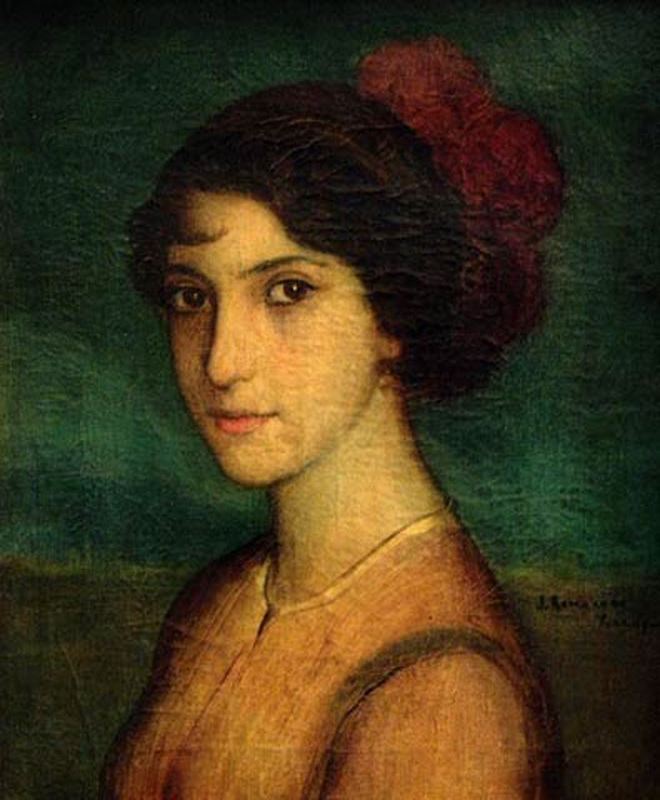 Origin of the word “flamenco”
Origin of the word “flamenco”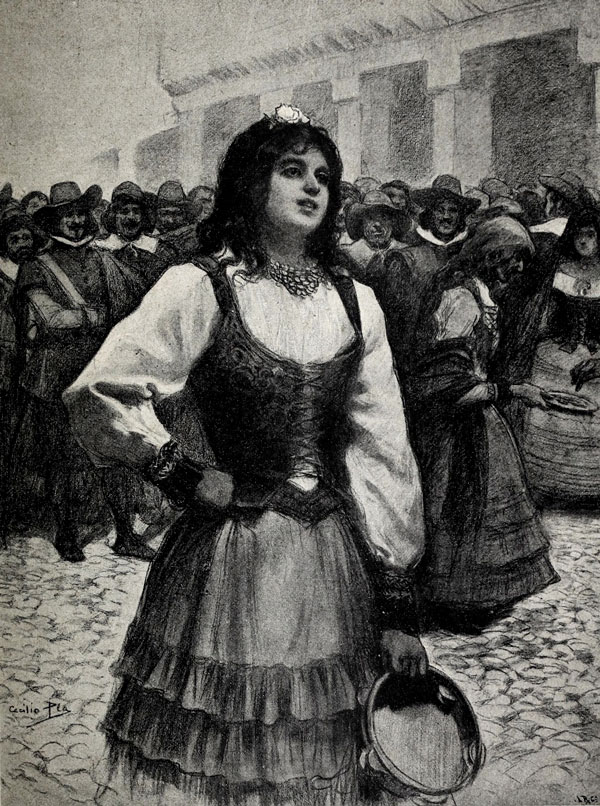 First written references
First written references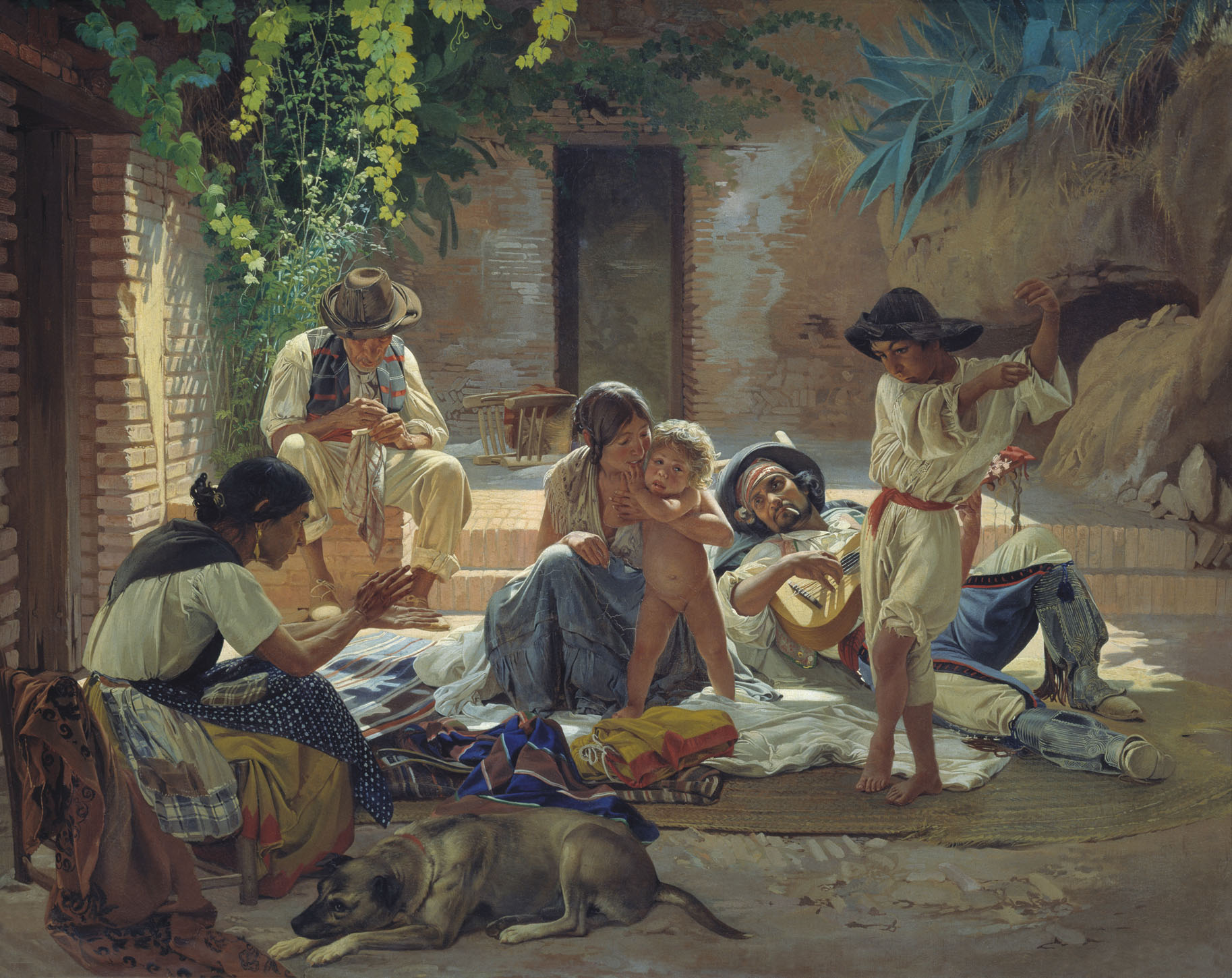 Musical background
Musical background